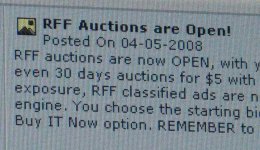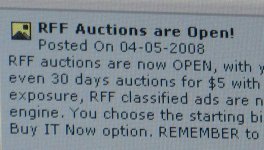G 9.0
Newbie
A superb metering system
A superb metering system
Hello everyone!!
Last month I bought a G9 and took off to the chilean Patagonia for the fall colours.
There are several pluses and minuses.
As the same as a Leica, the viewfinder doesn't convince me, but the 3'' LCD does. The battery wouldn't last a 4 Gb memm card. There is no weather sealing ( nor does the Leica...)
The build quality is ok for 500 USd, but the metering system is worth 5.000!!! There is a matricial evaluation that francky, would make Ansel Adams' live a lot easier.
There is a autobracketing function that allowed me to begin worwing on HDR photography, and that's were the results begin to kick in....
This G9 has nothing to envy my only Leica, the R8 ( except mayby, for a faster shutter) in terms of build quality. Of course, the optics is another tale....
A superb metering system
Hello everyone!!
Last month I bought a G9 and took off to the chilean Patagonia for the fall colours.
There are several pluses and minuses.
As the same as a Leica, the viewfinder doesn't convince me, but the 3'' LCD does. The battery wouldn't last a 4 Gb memm card. There is no weather sealing ( nor does the Leica...)
The build quality is ok for 500 USd, but the metering system is worth 5.000!!! There is a matricial evaluation that francky, would make Ansel Adams' live a lot easier.
There is a autobracketing function that allowed me to begin worwing on HDR photography, and that's were the results begin to kick in....
This G9 has nothing to envy my only Leica, the R8 ( except mayby, for a faster shutter) in terms of build quality. Of course, the optics is another tale....




